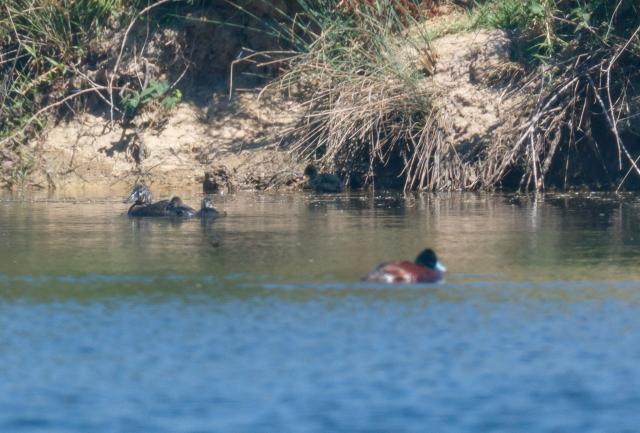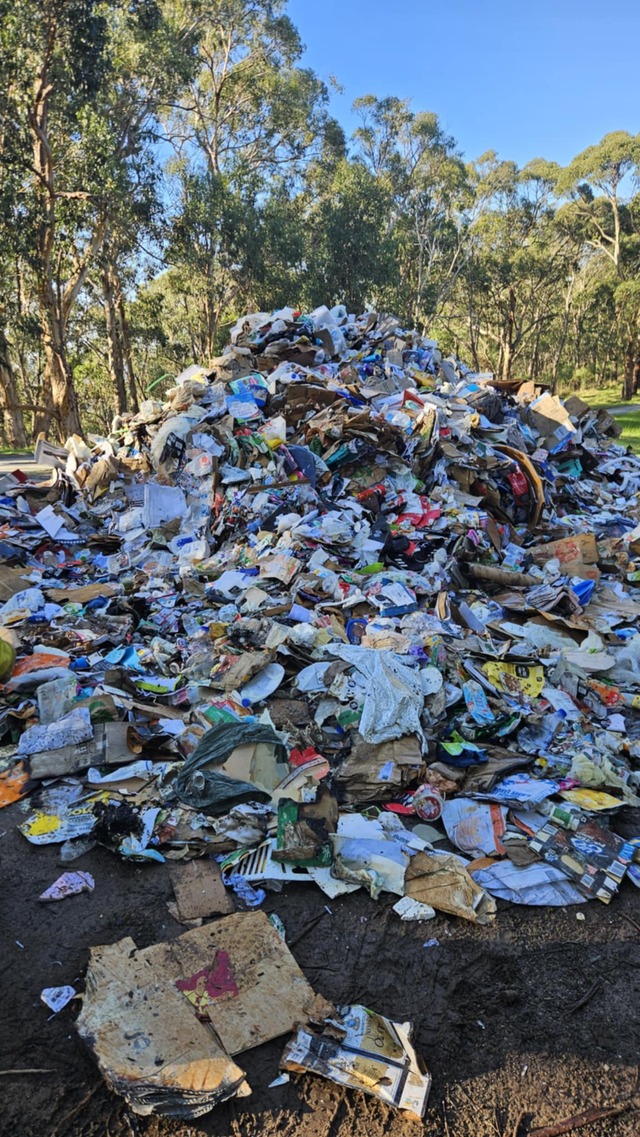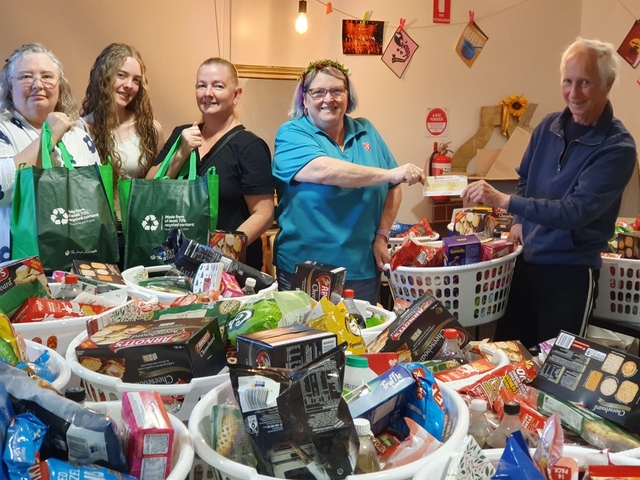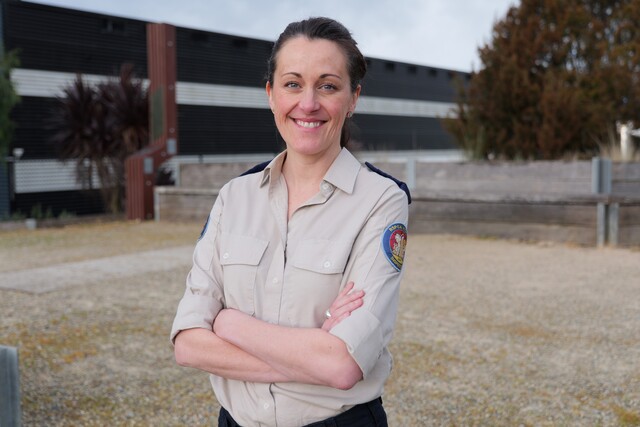The discovery of another hatching of the vulnerable blue-billed duck at a site earmarked for development has sparked further calls to protect a naturalised man-made lake just outside Ferntree Gully.
Lake Knox is located on the corner of Burwood Highway and Scoresby Road, Knoxfield. It is on the grounds of the former Knoxfield Horticultural Research Institute, where it is believed to have been used to store water for use in irrigating research crops in either the late 1950s or early 1960s.
The land it is situated on is owned by the Department of Environment, Land, Water and Planning (DELWP). It was rezoned in 2018 for Developing Victoria to develop the land for residential housing and community space.
According to Developing Victoria’s plans, once the construction of the wetlands is completed the current habitat of the blue-billed duck – Lake Knox itself – will be drained and “partially filled in” to treat stormwater.
After a second hatching of five blue billed ducks was discovered by community scientists John Cull and Russell Plew, Discovery Victoria released a statement reiterating their stance their development would improve the habitat in the area.
Local opposition to the plan were incensed when Development Victoria began filming the hatchlings – along with flying a drone over the lake – after the discovery was made.
President of the First Friends of Dandenong Creek Anthony Bigelow said Developing Victoria’s plan had no guarantees to deliver a better habitat for the endangered blue-billed duck.
“You’ve got to realize that breeding is the pinnacle for any species,” he said.
“For an animal to breed successfully, everything has to be right.”
In Victoria, there are 27 known sites where breeding of the blue-billed duck has occurred.
Mr Bigelow said there are so many variables not taken into consideration in the plans to drain the lake after the ducks are moved to a new habitat.
“We went out to a well-respected wetland ecologist, Professor Paul Boon, who is produced by different levels of government, whether it’s federal or state,” he said.
“He wrote up a report, which was funded by the community two years ago, which says there’s no guarantees that what we’re going to get is better than what’s currently there.”
The report – released in September 2020 – stated a number of issues with the plan, including its claims of guarantees of ecological success “are inconsistent with scientific literature,” “doubts over Development Victoria’s capacity to deliver high quality replacement aquatic habitat,” and the plan containing questionable assertions about Lake Knox and its development.
The blue-billed duck was was considered endangered from 2013, however as of 2020 DELWP considers the species vulnerable instead.
In their statement, Development Victoria argues it is necessary to replace the existing damn with a “vibrant wetlands system to ensure a safe breeding environment for these birds and other species.”
Development Victoria’s Group Head of Property Development Penny Forrest said the ecologist working on their behalf are actively monitoring the ducks and no works would impact any potential breeding.
“We plan to undertake a staged construction of the new wetlands to ensure these works don’t impact the ducks and other species – especially during their breeding season,” Ms Forrest said.
“We want to give the Blue-billed Duck and other species the best opportunity to thrive on site.”
The Star Mail has put a number of questions in relation to Professor Boon’s report to Development Victoria and this story will be updated if they are responded to.







